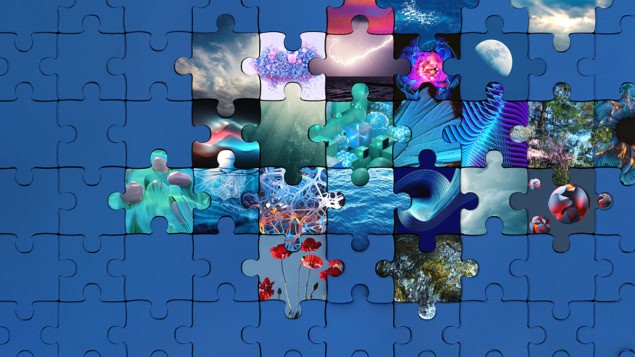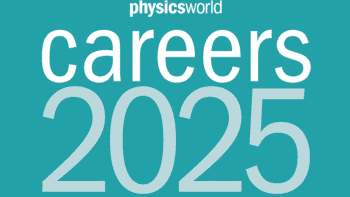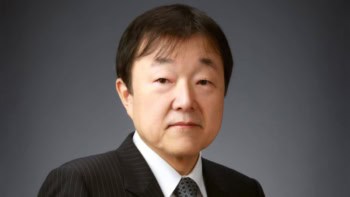Honor Powrie explains why physicists aren’t superior to other scientists and must learn the art of collaboration

I recently heard a physicist jocularly remind us that “All science is either physics or stamp collecting”. Widely attributed to the Nobel prize-winning nuclear physicist Ernest Rutherford, this quotation is often interpreted as the pre-eminence of physics over other scientific disciplines. While there is some doubt about whether Rutherford actually uttered that phrase, what’s interesting for me is not its origins but why the statement has – or ought to have – little place in today’s world.
In an era of rapid technological advancement and complex global challenges, it has never been more important for the scientific community to work together. From tackling climate change and dealing with the opportunities and risks of artificial intelligence to exploring space and ensuring everyone has advanced and accessible healthcare, we need experts from different disciplines to work together. No single domain can comprehensively address such challenges.
That’s why all of us in Science, Technology, Engineering, Mathematics and Medicine (STEMM) need to work together collectively and with one voice. Fortunately, there are many examples of where this already occurs. Biomedical engineering, for example, has seen physicists, chemists, biologists, material scientists and medical experts develop many successful innovations, such as prosthetics, joint implants, artificial organs and advanced imaging technologies.
The development of machine learning algorithms for healthcare applications, meanwhile, requires computer scientists, statisticians and medical professionals. By embracing collaboration, the strengths of multiple disciplines can be exploited to drive innovation and create solutions that would be difficult – and sometimes even impossible – to achieve in isolation
Sharing knowledge
Without such collaboration, any solution would be incomplete and likely impractical. By working together, STEMM professionals are creating holistic solutions that address our technical, environmental and societal needs. However, it’s vital that we share knowledge and expertise so that STEMM professionals can learn from one another and build on existing work.
In today’s ever-changing world, staying informed about the latest developments is critical. Collaborative efforts ensure that knowledge is disseminated quickly and efficiently, thereby reducing duplication of effort and speeding up progress. It also fosters creativity by encouraging individuals to think beyond the boundaries of their own expertise. Innovation often occurs at the intersection of disciplines.
When people from different fields collaborate, they bring unique perspectives and methodologies that can lead to ground-breaking discoveries. Just look at the Human Genome Project (HGP), which involved teams of researchers working together to achieve a common goal. The HGP was a voyage of biological discovery led by an international group of researchers looking to comprehensively study all the DNA of a select set of organisms.

Launched in October 1990 and completed in April 2003, the HGP’s major accomplishment – generating the first sequence of the human genome – provided fundamental information about the human blueprint, which has since accelerated the study of human biology and improved the practice of medicine. What we need are more such projects where people work together towards a common goal.
Avoiding siloes
Competition and siloed thinking can, however, hinder progress. Individuals and companies may be reluctant to share knowledge or resources due to concerns about leaking intellectual property, not getting recognition or losing funding opportunities. But knowledge needs to be spread, not least because vesting know-how in a single individual is risky if that person leaves an organization. When you share knowledge, you never know what it can lead to.

Artisan, architect or artist: what kind of person are you at work?
Collaborative teams with people from different disciplines are better equipped to handle setbacks and challenges as, when faced with obstacles, team members can rely on each other for support and help seeking alternative solutions. Collective resilience is important in STEMM fields, where failure is often a stepping stone to success. Ultimately the progress and success of humanity depends on our ability to work together.
In practical terms, I am pleased to say that the Institute of Physics (IOP) Business Innovation Awards, which have been running for almost 15 years, embrace much of what I have been talking about. They recognize and celebrate small, medium and large companies that have excelled in innovation, delivering significant economic and/or societal impact through the application of physics.
Whilst the award-winning product innovations recognized by the IOP need to have some link to physics, they almost always involve some other fundamental science. What’s more, the innovations invariably need input from engineering design and manufacture, from software development, and from expertise in, say, medicine, aerospace, nuclear power or food science. Successful winners demonstrate strong multidisciplinary collaboration within their teams.
The bottom line is that’s vital for STEMM professionals to stick together and not try to trump each other with statements like Rutherford’s. For collaboration to work effectively, it requires mutual respect across all contributors. And by working well together, we will drive innovation, help solve complex problems, and shape a better future for the world. As a physicist by training, I naturally have a certain loyalty to the subject. But I’m hugely grateful for what I’ve learnt and achieved by working with people from other disciplines.



